Rising Demand for Efficient Staffing Solutions
The Healthcare Workforce Management System Market is experiencing a notable increase in demand for efficient staffing solutions. As healthcare organizations strive to optimize their workforce, the need for advanced scheduling and resource allocation tools becomes paramount. According to recent data, the healthcare sector is projected to require an additional 1.1 million nurses by 2025, highlighting the urgency for effective workforce management systems. These systems not only streamline staffing processes but also enhance patient care by ensuring that the right personnel are available at the right time. Consequently, healthcare providers are increasingly investing in workforce management solutions to address these staffing challenges, thereby driving growth in the Healthcare Workforce Management System Market.
Technological Advancements in Workforce Management
Technological advancements are reshaping the Healthcare Workforce Management System Market, driving innovation and efficiency. The integration of artificial intelligence, machine learning, and data analytics into workforce management systems enables healthcare organizations to make informed decisions regarding staffing and resource allocation. These technologies facilitate predictive analytics, allowing organizations to anticipate staffing needs based on historical data and trends. As a result, healthcare providers can proactively manage their workforce, reducing the risk of understaffing or overstaffing. The adoption of these advanced technologies is expected to enhance operational efficiency and improve patient outcomes, further propelling the growth of the Healthcare Workforce Management System Market.
Increased Focus on Compliance and Quality Standards
The Healthcare Workforce Management System Market is significantly influenced by the increasing emphasis on compliance and quality standards. Regulatory bodies are imposing stringent requirements on healthcare organizations to ensure patient safety and quality of care. As a result, healthcare providers are turning to workforce management systems to maintain compliance with these regulations. These systems offer features such as automated reporting and real-time monitoring, which assist organizations in adhering to quality standards. The market for compliance-related workforce management solutions is expected to grow, as organizations recognize the importance of maintaining high standards in patient care. This trend underscores the critical role of workforce management systems in navigating the complex regulatory landscape within the Healthcare Workforce Management System Market.
Emphasis on Cost Reduction and Operational Efficiency
Cost reduction remains a critical focus for healthcare organizations, propelling the Healthcare Workforce Management System Market forward. With rising operational costs, healthcare providers are compelled to seek solutions that enhance efficiency while minimizing expenses. Workforce management systems facilitate better labor cost management, allowing organizations to optimize staff utilization and reduce overtime expenses. Reports indicate that healthcare organizations can save up to 30% on labor costs by implementing effective workforce management strategies. This financial incentive encourages healthcare providers to adopt these systems, thereby contributing to the expansion of the Healthcare Workforce Management System Market. As organizations continue to prioritize cost-effective solutions, the demand for sophisticated workforce management tools is likely to grow.
Growing Importance of Employee Engagement and Retention
Employee engagement and retention are becoming increasingly vital in the Healthcare Workforce Management System Market. High turnover rates in healthcare can lead to increased costs and decreased quality of care. Consequently, organizations are recognizing the need for workforce management systems that not only streamline scheduling but also enhance employee satisfaction. Features such as flexible scheduling, performance tracking, and feedback mechanisms are being integrated into these systems to foster a positive work environment. Research indicates that engaged employees are 87% less likely to leave their jobs, emphasizing the importance of retention strategies. As healthcare organizations prioritize employee engagement, the demand for comprehensive workforce management solutions is likely to rise, further influencing the Healthcare Workforce Management System Market.


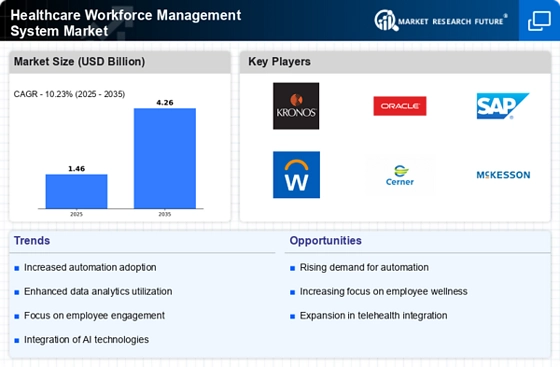
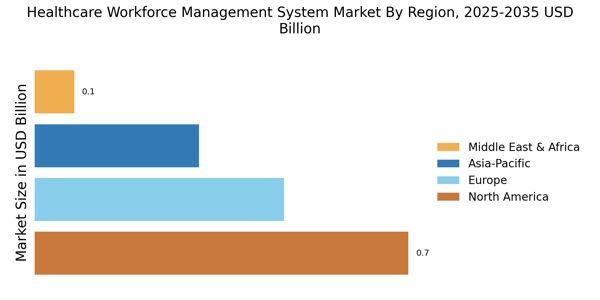

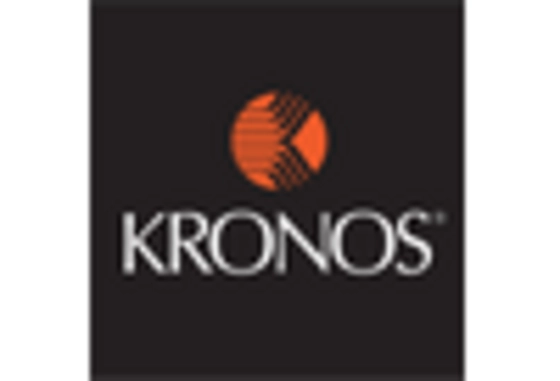
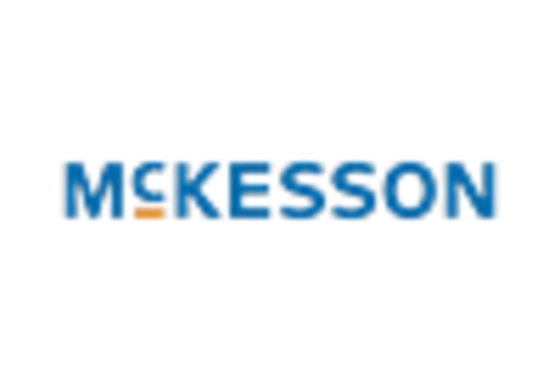
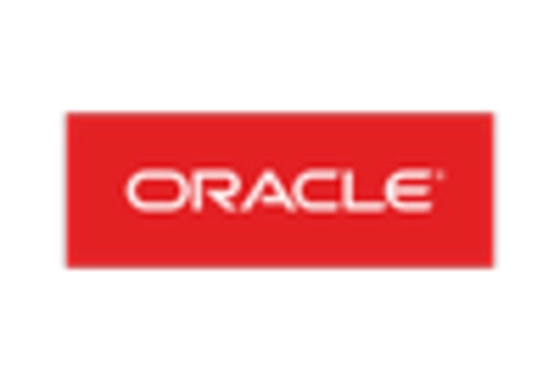
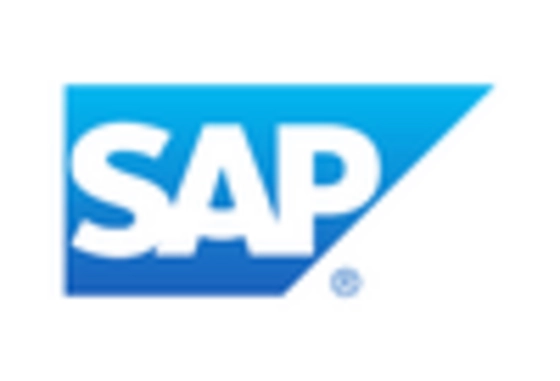
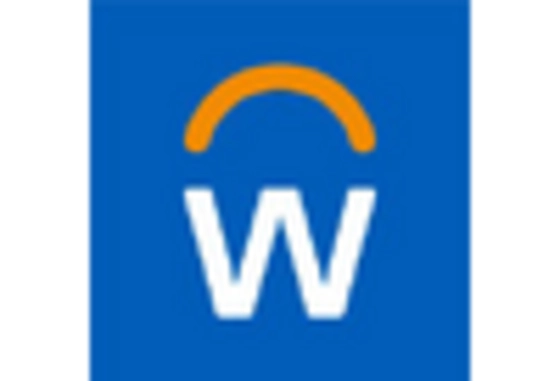








Leave a Comment